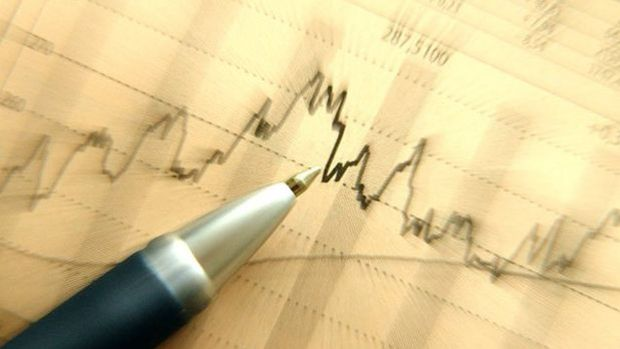Bond volatility will rise with Trump, fall with Harris
In addition to the “Trump Trade,” which has been around for a while now, rates strategists at Barclays Plc have now introduced the “Harris Trade.” A research report by Amrut Nashikkar and Maria Chiara Russo, published on Tuesday, shows that interest rate volatility typically increases in the three months after a U.S. election in which the opposition wins the presidency, while interest rate volatility decreases if the incumbent party remains in office. Some polls also suggest that interest rate volatility will decrease after U.S. Vice President Kamala Harris becomes the Democratic nominee to replace President Joe Biden. The strategists, who examined patterns in implied and realized interest rate volatility over the past 30 years and the seven presidential elections since 1996, said a Democratic win presents a different opportunity because the decline in volatility is not currently priced in by markets. “This likely means more volatility with higher rates and less volatility with lower rates,” wrote Nashikkar and Russo, who predict bond yields will fall with a Democratic victory and rise with a Republican victory. Policy changes under former President Donald Trump, including higher tariffs, could have increased realized volatility for 10-year Treasuries by as much as 30 basis points in the post-election months, according to the Barclays report. Volatility would fall by about 10 basis points if Harris won.


